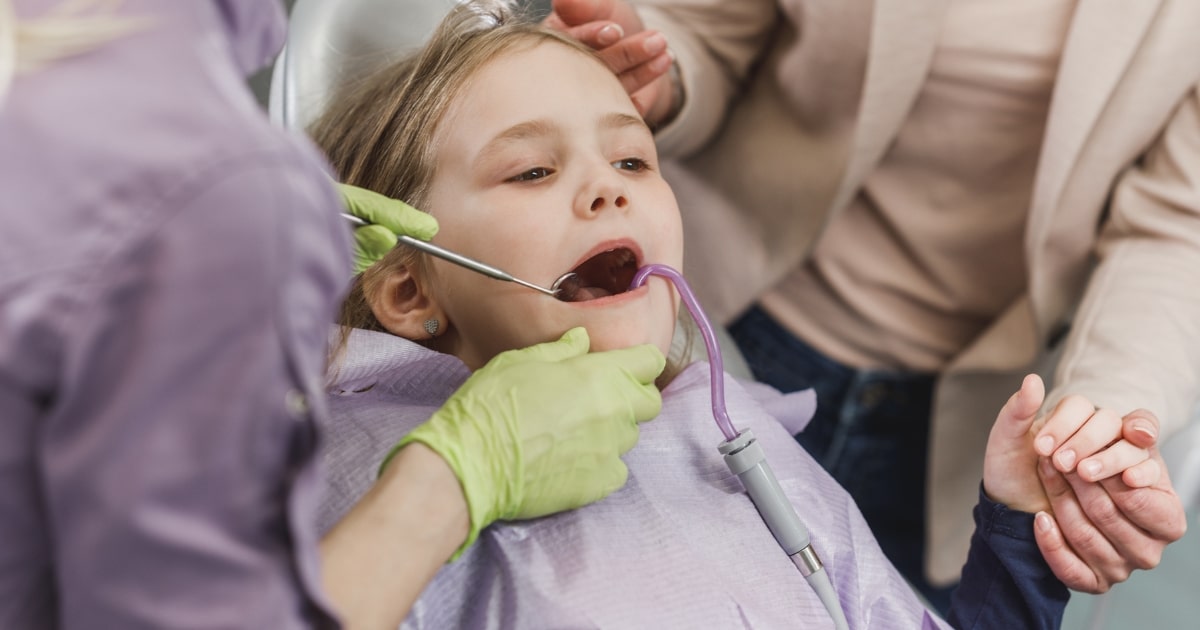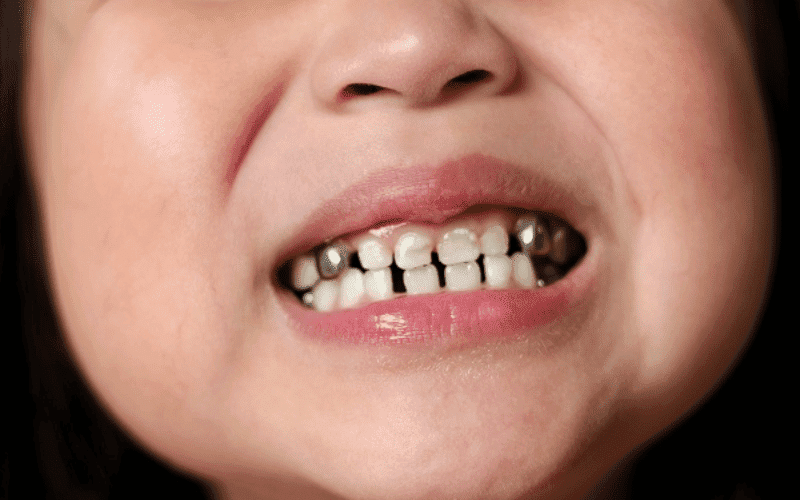
Parents often have questions about their children’s dental health. One common concern is the longevity of pediatric dental crowns. Understanding how long these crowns last can help parents make informed decisions about their child’s oral care. This blog will explore the lifespan of pediatric dental crowns, factors affecting their durability, and tips for maintaining them.
What Are Pediatric Dental Crowns?
Pediatric dental crowns are protective caps that cover a child’s damaged or decayed tooth. They restore function and prevent further decay. These crowns are often made from stainless steel, porcelain, or resin. Each type has its benefits, and the choice usually depends on the child’s needs.
Average Lifespan of Pediatric Dental Crowns
The lifespan of pediatric dental crowns in San Antonio varies based on several factors. Generally, you can expect:
- Stainless Steel Crowns: These crowns typically last between 5 to 7 years. They are durable and often used for molars.
- Porcelain Crowns: Porcelain crowns may last 5 to 10 years. They provide a more natural appearance but may not be as sturdy as stainless steel.
- Resin Crowns: These are less durable and last about 3 to 5 years. They blend well with natural teeth but are more prone to chipping.
Factors Influencing Crown Longevity
Several factors can influence how long pediatric caps last. Understanding these can help parents maintain their child’s dental health.
- Oral Hygiene: Good oral hygiene practices, like brushing and flossing, can extend the life of dental crowns.
- Diet: A diet high in sugary or acidic foods can lead to further decay and affect the lifespan of crowns.
- Age of the Child: Younger children may experience more wear and tear as they grow and develop their teeth.
- Material of the Crown: The type of crown significantly affects its durability and appearance.
Signs That a Crown May Need Replacement
Parents should be aware of signs that indicate a dental cap may need replacement. Regular dental check-ups can help identify these issues early.
- Visible Wear: If the crown appears worn down or discolored, it may need replacement.
- Sensitivity: Increased sensitivity to hot or cold can indicate an issue with the crown or the tooth underneath.
- Loosening: If the crown feels loose or can be wiggled, it’s essential to consult a dentist.
- Pain: A dental professional should evaluate discomfort or pain around the crowned tooth.
How to Care for Pediatric Dental Crowns?
Proper care can significantly extend the lifespan of pediatric dental crowns. Here are some practical tips for parents:
- Regular Brushing: Encourage your child to brush twice daily with fluoride toothpaste.
- Flossing: Flossing is crucial to remove food particles that can cause decay.
- Limit Sugary Snacks: Reducing sugary treats can help maintain overall dental health.
- Routine Dental Visits: Regular check-ups can catch potential issues early and keep caps in good condition.
When to Consult a Dentist?
Parents must know when to seek professional help. If you notice any concerning signs mentioned earlier, schedule an appointment with your child’s dentist in San Antonio for reassurance about the health of your child’s crowns and overall dental condition.
Pediatric dental crowns play a vital role in maintaining children’s dental health. On average, crowns last between 3 to 10 years, depending on the material and care. Parents can significantly influence the longevity of these crowns through proper oral hygiene, diet, and regular dental visits. By staying informed and proactive, you can help ensure your child enjoys a healthy smile for years.





